LESSON GOAL
Let’s check our lesson goal.
In this material, you will practice using prepositions (“in,” “on,” and “under”) to indicate place in sentences.
In this material, you will practice using prepositions (“in,” “on,” and “under”) to indicate place in sentences.
この教材では、場所を表す前置詞(in, on, under)を文章内で使う練習をします。
GRAMMAR POINT
この教材では、場所を表す前置詞について学びます。
何かの中にあるものについては in を、何かの下にあるものについては under を、何かの表面に接触しているものには on を使います。
e.g., A painting is on the wall. 壁に絵がかかっています。
e.g., Three apples are on the table. テーブルの上にリンゴが3つあります。
e.g., There are two books in my bag. 私のカバンの中に2冊本があります。
e.g., There’s a basketball under the bed. ベッドの下にバスケットボールがあります。
※詳細な用法については、文法書等でご確認されることをおすすめします。
PART A_1
Let’s read!
読んでみましょう!
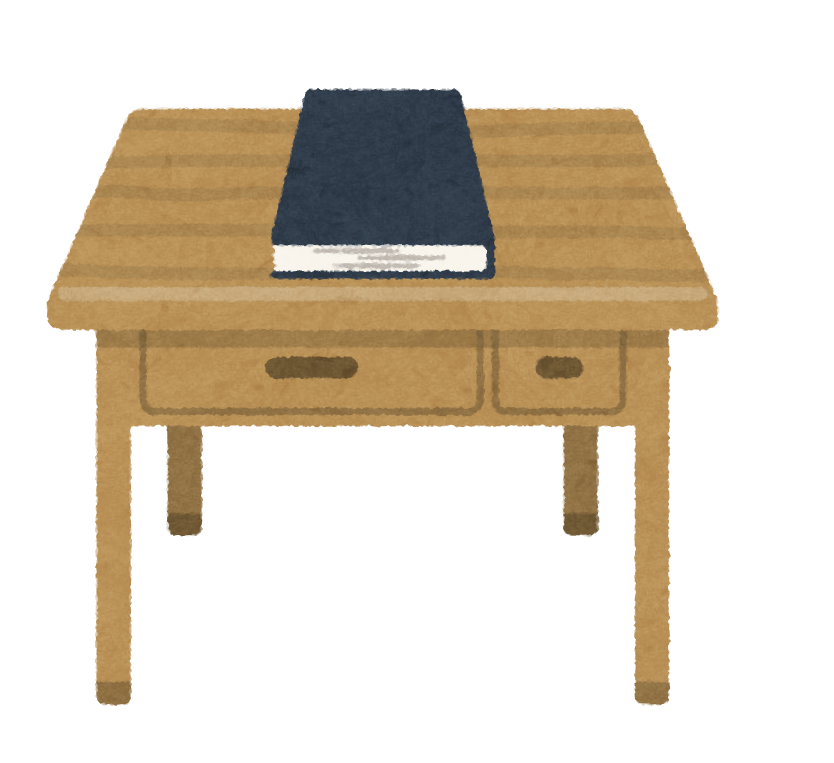
The book is on the table.
本は机の上にあります。
It is a history book.
それは歴史の本です。
本は机の上にあります。
It is a history book.
それは歴史の本です。
PART A_2
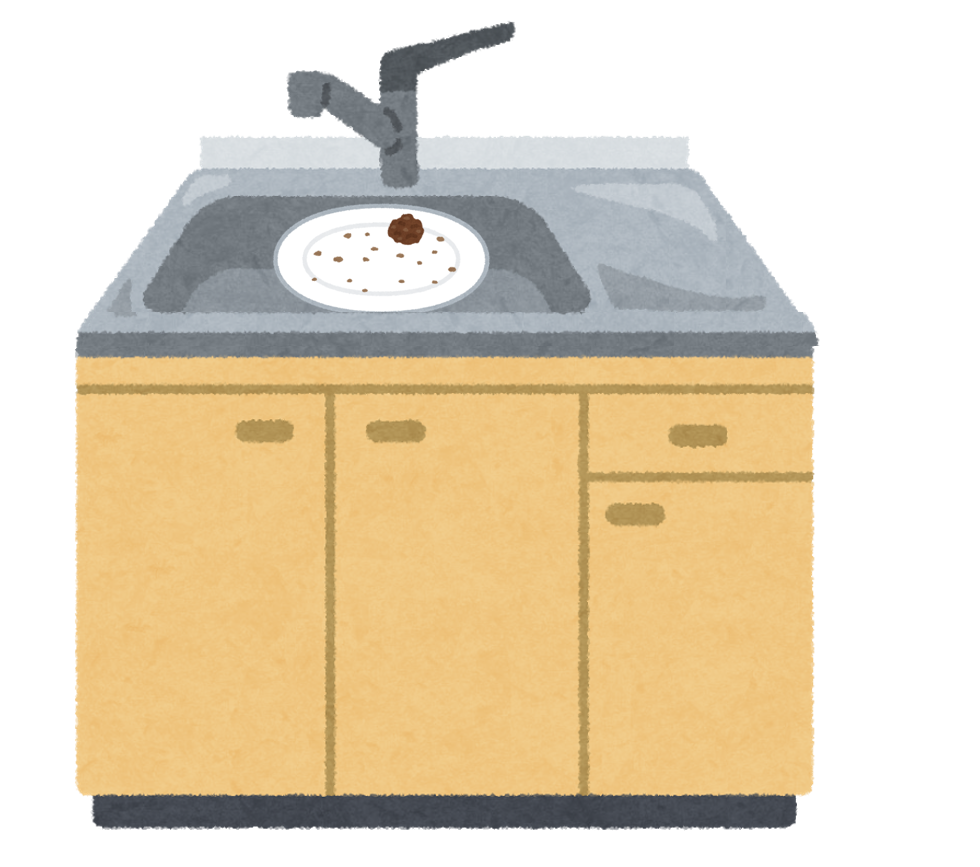
The plate is in the sink.
お皿はシンクの中にあります。
It is dirty.
それは汚れています。
お皿はシンクの中にあります。
It is dirty.
それは汚れています。
PART A_3
I’ll describe something. Then, please talk about it by using “in, on, or under”.
講師がものについて説明します。そのあと、“in, on, or under”を使って聞いたことを話しましょう。
The ____________ is (in/on/under) the ____________.
_______ は _______ の(中/上/下)にあります。
It is ____________.
それは _______ です。
_______ は _______ の(中/上/下)にあります。
It is ____________.
それは _______ です。
PART A_4
The ____________ is (in/on/under) the ____________.
_______ は _______ の(中/上/下)にあります。
It is ____________.
それは _______ です。
_______ は _______ の(中/上/下)にあります。
It is ____________.
それは _______ です。
PART A_5
Now, please describe something. I will talk about it by using “in, on, or under”.
次はあなたが何かものについて話してください。そのあと講師が、“in, on, or under”を使って聞いたことを話します。
PART A_6
The ____________ is (in/on/under) the ____________.
_______ は _______ の(中/上/下)にあります。
It is ____________.
それは _______ です。
_______ は _______ の(中/上/下)にあります。
It is ____________.
それは _______ です。
PART A_7
The ____________ is (in/on/under) the ____________.
_______ は _______ の(中/上/下)にあります。
It is ____________.
それは _______ です。
_______ は _______ の(中/上/下)にあります。
It is ____________.
それは _______ です。
PART B_1
Let’s find out where these things are. Please read after me.
どこにものがあるか見つけましょう。私のあとに続いて読んでみましょう。
PART B_2
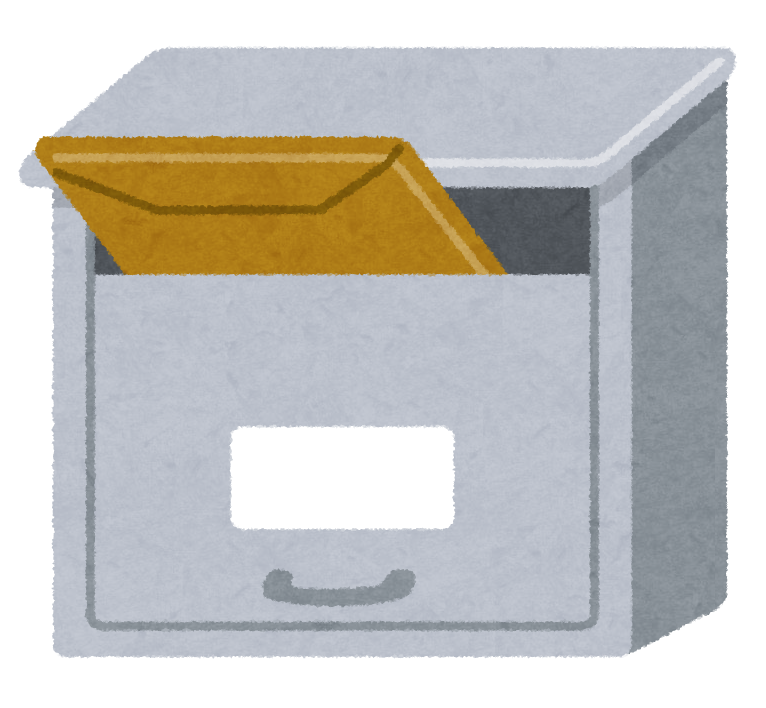
The envelope is in the box.
封筒は箱の中にあります。 It is brown. それは茶色です。 |
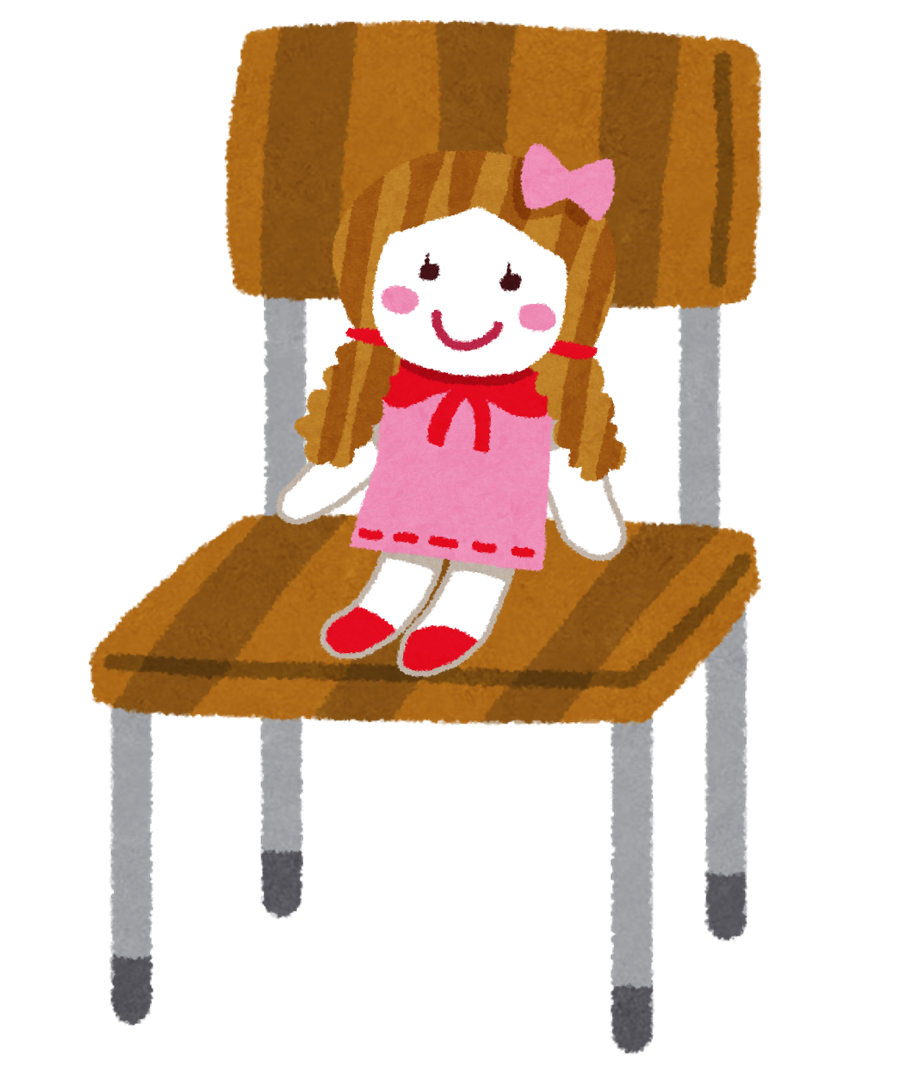
The doll is on the chair.
人形はいすの上にあります。 It is beautiful. それはきれいです。 |
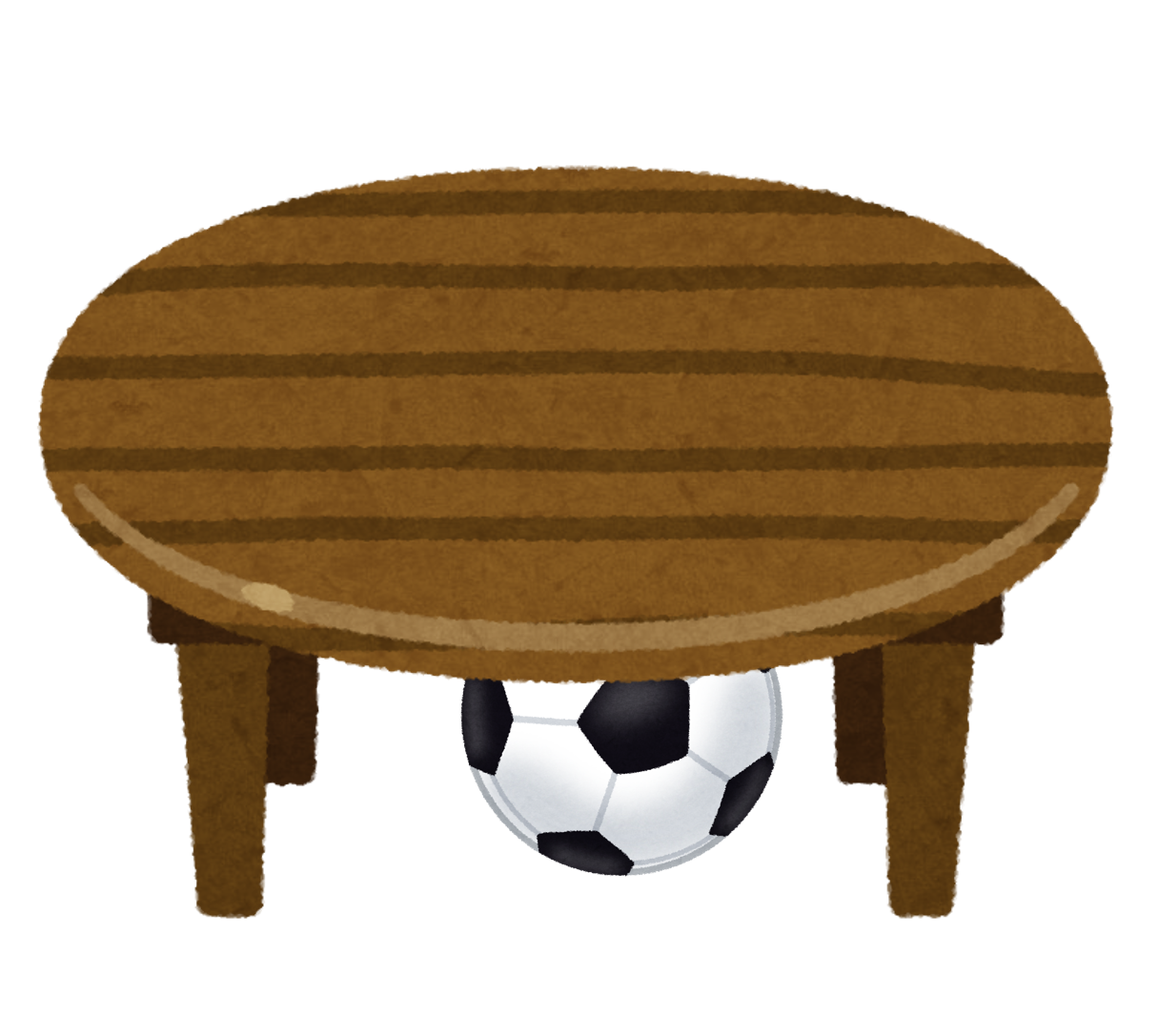
The ball is under the table.
ボールは机の下にあります。 It is a soccer ball. それはサッカーボールです。 |

The fish is in the pail.
魚はバケツの中にいます。 It is swimming. それは泳いでいます。 |
PART B_3
Tell me where these things are. Complete the sentences.
人々が何を持っているか答えましょう。
PART B_4
 The envelope is ________ the box. 封筒は箱の中にあります。 |
 The doll is ________ the chair. 人形はいすの上にあります。 |
 The ball is ________ the table. ボールは机の下にあります。 |
 The fish is ________ the pail. 魚はバケツの中にいます。 |
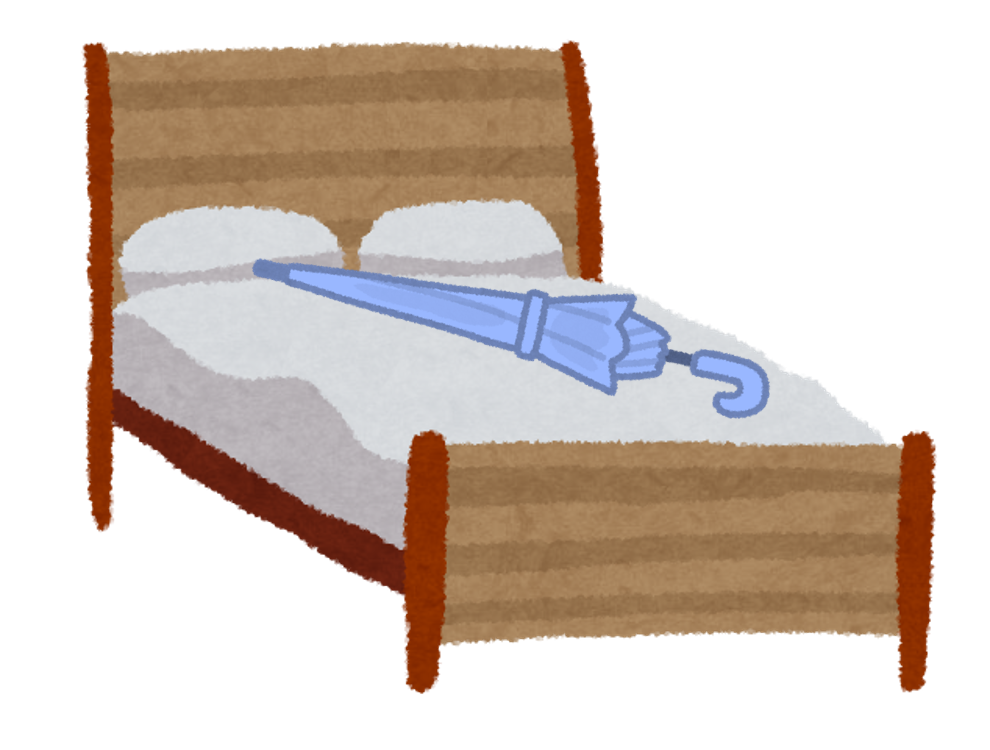 The umbrella is ________ the bed. 傘はベッドの上にあります。 |
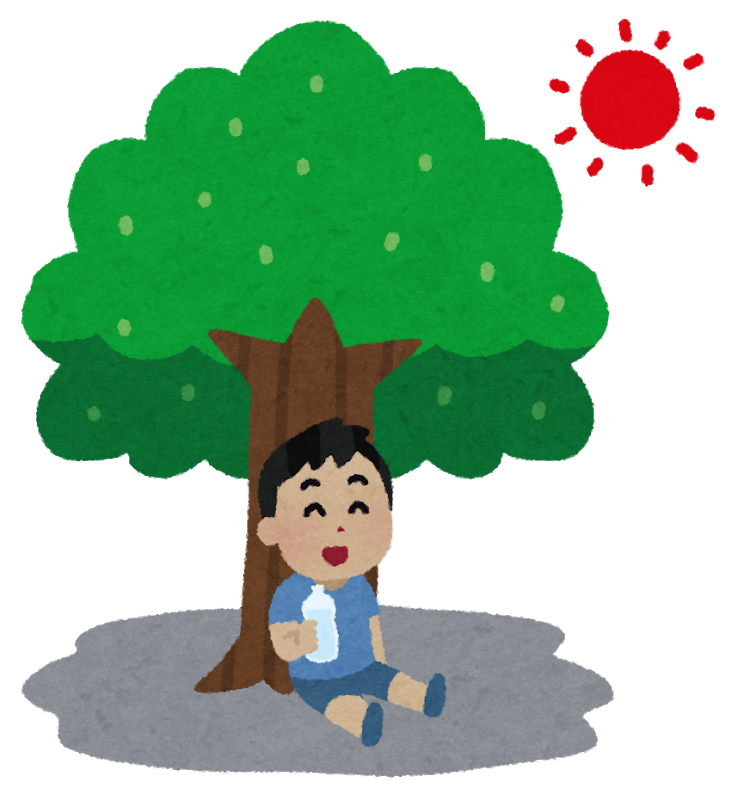 The boy is ________ the tree. 男の子は木の下にいます。 |
PART C_1
I will ask you some questions. Please answer.
講師が質問します。答えましょう。
1. Where is your bag?
あなたのかばんはどこにありますか?
2. Where is your PC?
パソコンはどこにありますか?
3. Where is your pen?
あなたのペンはどこにありますか?
あなたのかばんはどこにありますか?
2. Where is your PC?
パソコンはどこにありますか?
3. Where is your pen?
あなたのペンはどこにありますか?
PART C_2
| 1. | |
| 2. | |
| 3. |
PART D_1
Now, you will ask me some questions. I will answer.
次はあなたが質問しましょう。
PART D_2
1. Where are your books?
あなたの本はどこにありますか?
2. Where is your mobile phone?
あなたの携帯電話はどこにありますか?
3. Where is your television?
あなたのテレビはどこにありますか?
あなたの本はどこにありますか?
2. Where is your mobile phone?
あなたの携帯電話はどこにありますか?
3. Where is your television?
あなたのテレビはどこにありますか?
PART D_3
| 1. | |
| 2. | |
| 3. |
REVIEW AND FEEDBACK
Now, let us review the things that you learned in this lesson.
ではこのレッスンで学んだことを振り返りましょう。
(Please give a short feedback on how your student did in your class.)
| Grammar 文法 |
Pronunciation 発音 | Vocabulary 単語 |
Comprehension 理解 |
|
|---|---|---|---|---|
 GOOD GOOD |
文法の誤りはほとんどなく、完全な文章で話すことができる | ほとんどの単語をはっきりと正しく発音することができる | 習った表現を適切に使うことができる | 文章を理解し、質問に正しく答えることができる |
 FAIR |
文法の誤りはあるが、完全な文章で話すことができる | 発音の練習が必要な言葉がいくつかある | たまにミスはあるが、習った表現を適切に使うことができる | 文章を完全に理解するのは難しく、質問に正しく答えられないときもある |
 POOR |
文章で話すのは難しく、単語だけで話すことができる | 発音の練習が必要である | 習った単語と表現を少しだけ使うことができる | 文章を理解するのは難しく、質問に答えるのは難しい |
レッスン教材に関するアンケートのお願い
レッスン教材の改善・拡充を図ることを目的とし、アンケートを実施しております。
以下のURLからアンケートにお答えいただき、 ご意見・ご要望をお聞かせください。
アンケートはこちら